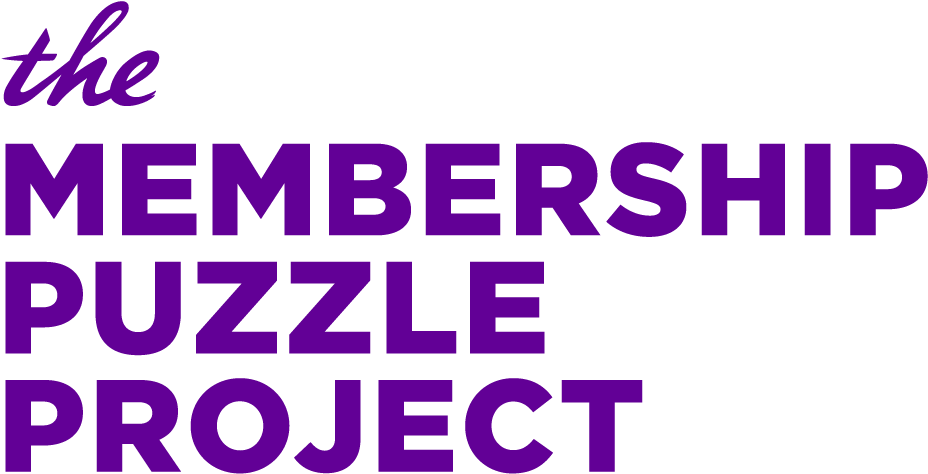By the editors of De Correspondent.
Compiled by Jay Rosen, NYU.
Many traditionally educated journalists think of interacting with their readers as a lot of extra work. The first instruction we give them when they start working for De Correspondent is simple: “This is your work.” We tell them that around 50% of their working time should be spent on these interactions. We communicate this to freelancers by earmarking a substantial part of their fee “for talking to readers,” instead of just paying per word or per piece. The second instruction we give is: “Keep a public notebook.” By that, we mean communicate openly with readers about your work and your progress. We have developed a number of ways to do this. Most often, we ask correspondents to:
Start your beat with a mission statement, explaining what you intend to research and why you think it's important.
Update your “what I'm working on now” status regularly, showing readers what the current status of your research project is.
Ask specific research questions, either in separate updates or under a finished piece.
Start writing a personal newsletter, where experts or highly interested readers can follow your research in more detail.
Share new insights as you go along instead of “saving” them for your final piece on a topic.
Answer reader questions that may arise in the contribution section, or follow up on those questions later in a post or update
Make note of frequently asked questions, and answer them regularly in a listicle.
Highlight valuable reader contributions, which puts them at the top of the contribution section and sends an automatically generated email thanking the member for sharing his or her knowledge or experience.
Ask every interviewee that you talk to during your research to join the discussion in the contribution section, and provide him/her with a free one-month subscription to do so.
Ask high-profile or expert interviewees if they're willing to do a Q&A under a piece once it’s published, and inform readers that they can ask questions directly.
Write updates or posts on the basis of those questions, and publish them separately (“These are so and so's answers to your FAQs”).
Be a conversation leader offline, by engaging in public debates, giving talks, organizing expert meetings, or inviting readers to visit the newsroom.
Ask people you meet during talks to become a member or follow you on social media and or through your personal newsletter.
Mention readers as sources in your articles (after getting their permission of course) to highlight their role in the research process.
Ernst-Jan Pfauth
Publisher
@ejpfauth


